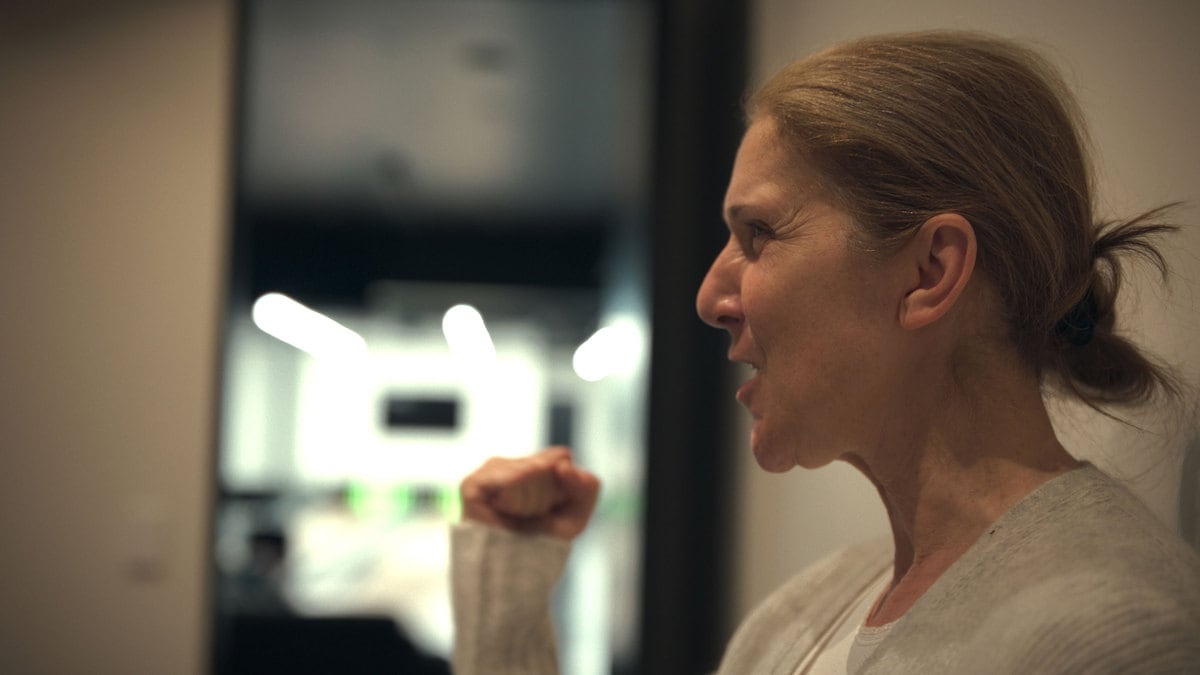The Céline Dion Documentary Is a Harrowing, Upsetting Watch
THE POWER OF LOVE
“I Am: Celine Dion” reveals the extent of the physical and emotional pain the singer’s gone through because of her rare disorder—and her determination to move on in spite of it.

Trending Now





